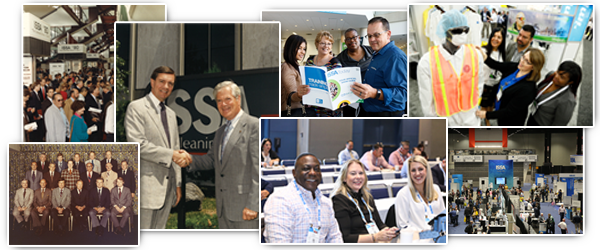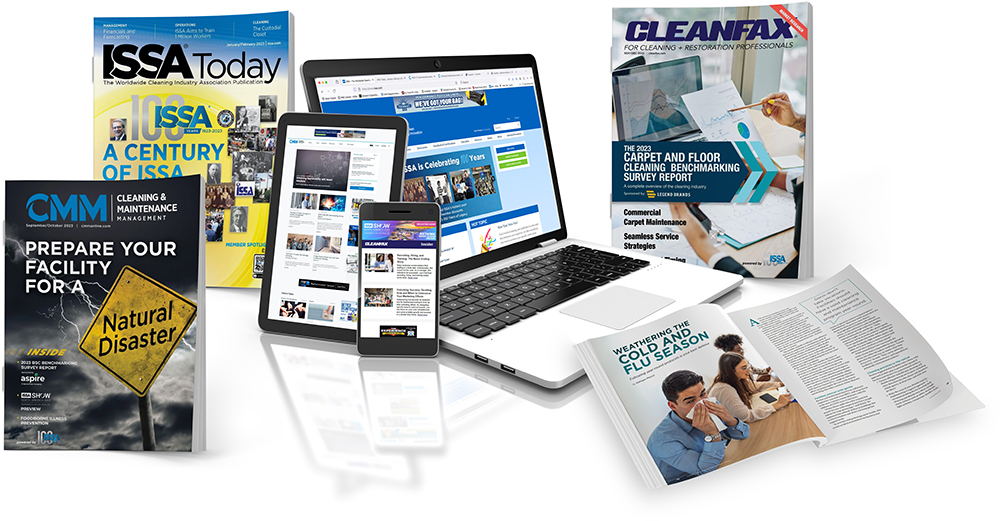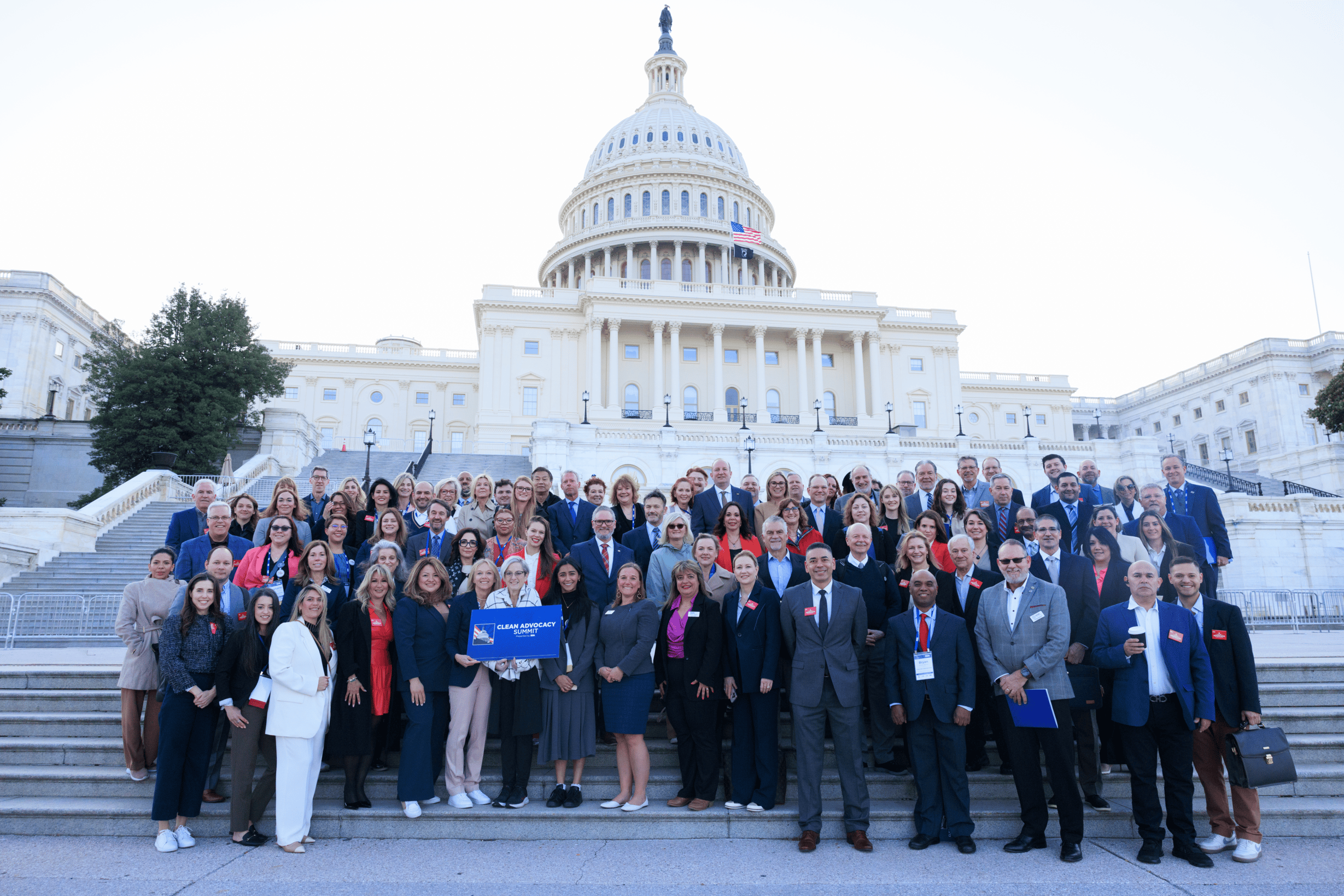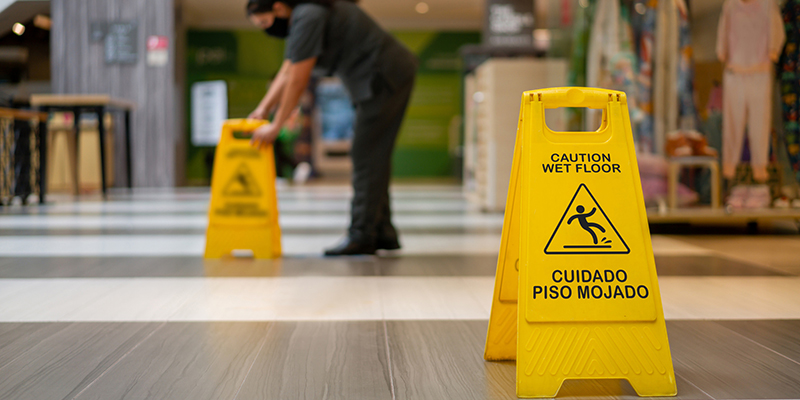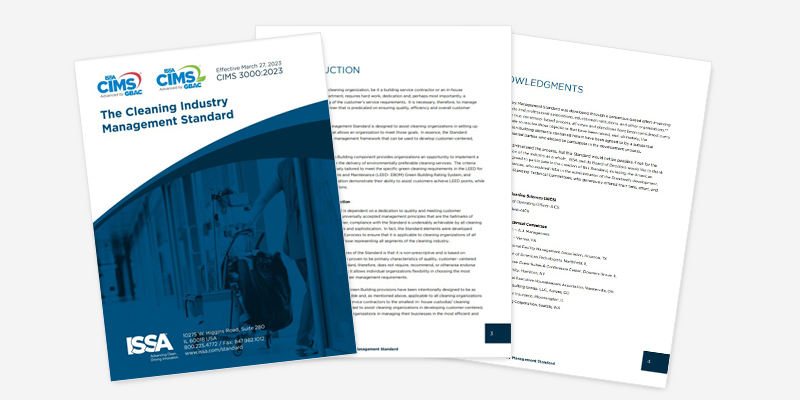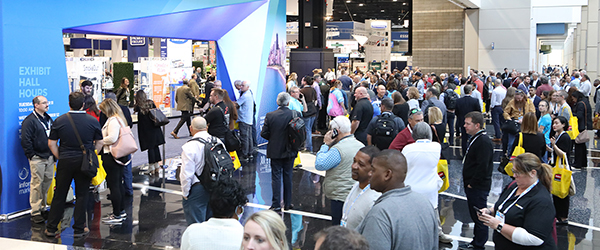Advocating for Clean in a Cost-Obsessed World

When it comes to cleaning, too many organizations still focus on what’s visible—shiny floors, empty trash bins, and spotless windows. But Laurie Sewell, president of ISSA and the CEO of Servicon, believes the real goal should be cleaning for health.
And she’s not just talking about hospitals. From school classrooms to warehouse floors, Sewell said, it’s time to rethink what clean truly means.
“Cleaning has always been about health, not just appearance,” Sewell said. “The challenge is, we’re still educating not only our clients—but ourselves and our employees—on what that actually looks like.”
Getting past the price-first mindset
Sewell acknowledged that one of the most significant barriers to widespread adoption of health-based cleaning practices is the persistent focus on cost. “When clients just see cleaning as a budget line item, they’re not making the connection between our work and the health of the people in those spaces,” she explained.
To move the industry forward, Sewell advocates equipping cleaning professionals with a deeper understanding of their impact. “It starts with teaching your team not just how to clean, but why they’re doing what they’re doing. When they know they’re improving indoor air quality, removing pathogens, and creating healthier environments, they become advocates for the mission, not just task-doers.”
Proving clean is healthy—not just visible
In environments where cleanliness directly impacts operations—such as cleanrooms or hospitals—there’s often third-party validation. These high-stakes settings provide a model for what Sewell believes should be more common across the board.
“We need to start measuring outcomes, not just outputs,” Sewell said. Tools like ATP meters and indoor air quality sensors can show objective differences before and after cleaning. “The goal is to draw a clear line between what we’ve measured and how that impacts the people using the space.”
Even in so-called non-critical environments like schools, retail stores, and warehouses, health-centered cleaning can make a measurable difference. “Childhood asthma is on the rise,” Sewell noted. “And if students can’t breathe well, they can’t learn. That’s not just an education issue—it’s an environmental one.”
From sensor tech to kindergartners: Making the case with data
As technology evolves, so does the opportunity to tell a better story about the value of cleaning. Sewell pointed to advanced sensor technology that can “smell, hear, detect dust, and even sense pathogens.” When paired with AI, she said, these tools can help create more efficient, targeted cleaning strategies that are cost-effective and, more importantly, health driven.
But Sewell also sees value in the low-tech methods. In a memorable story, she recalled a science fair project she helped her daughter in kindergarten. They swabbed various school door handles—from bathrooms to the teacher’s lounge—and incubated the results in Petri dishes. “The teacher’s lounge had the worst bacteria levels,” she laughed, “but the kindergarten bathroom? Surprisingly low.”
Why? Her daughter’s classroom had hand sanitizer and hygiene education. “It was a perfect proof point that education changes outcomes,” she said. “Even a group of five-year-olds can grasp the importance of cleanliness when given the right tools.”
Elevating the industry from the inside out
As both an industry leader and association president, Sewell is committed to pushing cleaning’s value beyond the superficial. “It’s not about marketing,” she said. “It’s about the mission.”
To carry that mission forward, Sewell encourages companies to invest in tools and training that prove outcomes—such as reduced absenteeism, improved productivity, and greater well-being. She points to ISSA’s white papers and industry research as powerful resources to help professionals back up their claims.
“We need to speak the language of value,” Sewell said. “That includes advocating for standards that define ‘clean’ in ways that go beyond the visible—at the facility level, in policy, and by sector.”
And perhaps most important of all: “We must continue to elevate the status of our cleaning professionals. They’re not just janitors—they’re public health defenders.”


